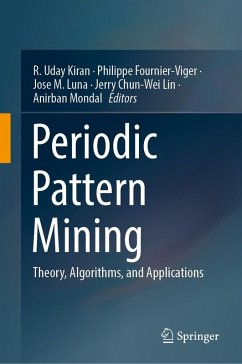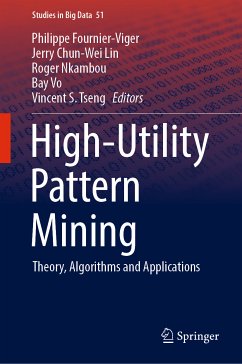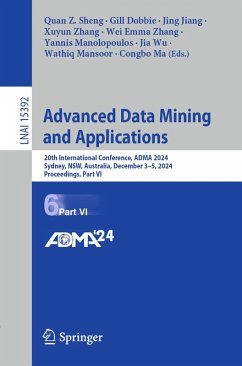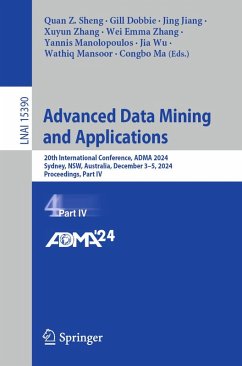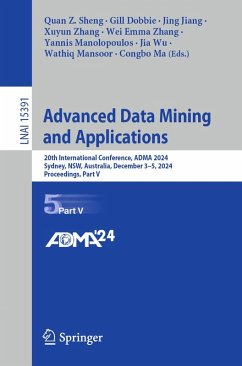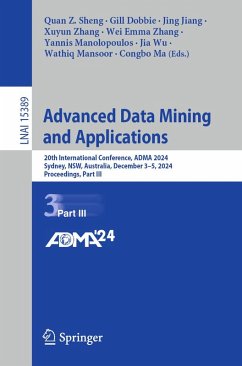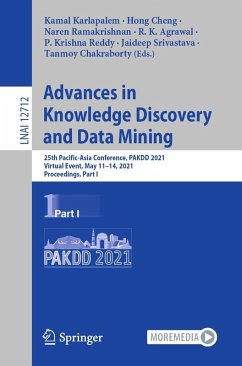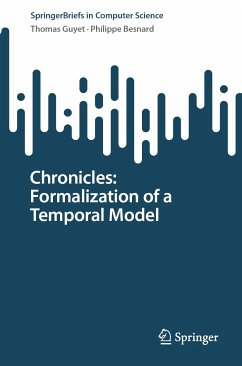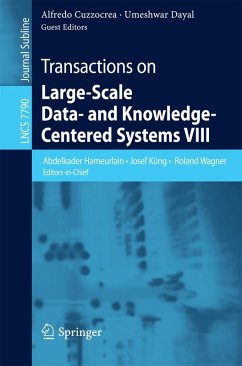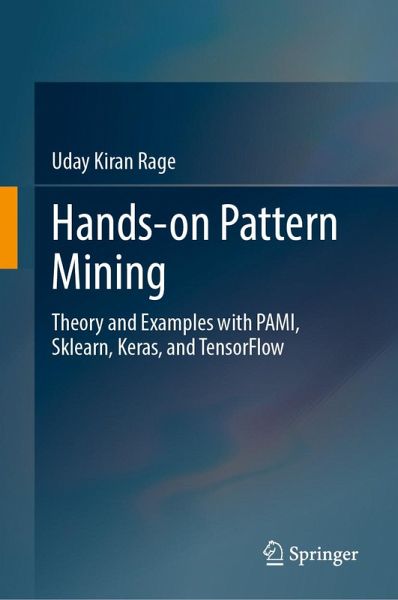
Hands-on Pattern Mining (eBook, PDF)
Theory and Examples with PAMI, Sklearn, Keras, and TensorFlow
Versandkostenfrei!
Sofort per Download lieferbar
48,95 €
inkl. MwSt.
Weitere Ausgaben:

PAYBACK Punkte
24 °P sammeln!
This book introduces pattern mining by presenting various pattern mining techniques and giving hands-on experience with each technique. Pattern mining is a popular data mining technique with many real-world applications, and involves discovering all user interest-based patterns that may exist in a database. Several models and numerous algorithms were described in the literature to find these patterns in binary databases, quantitative databases, uncertain databases, and streams. Since the lack of a Python toolkit containing these algorithms has limited the wide adaptability of pattern-mining te...
This book introduces pattern mining by presenting various pattern mining techniques and giving hands-on experience with each technique. Pattern mining is a popular data mining technique with many real-world applications, and involves discovering all user interest-based patterns that may exist in a database. Several models and numerous algorithms were described in the literature to find these patterns in binary databases, quantitative databases, uncertain databases, and streams. Since the lack of a Python toolkit containing these algorithms has limited the wide adaptability of pattern-mining techniques, the author developed Pattern Mining (PAMI) Python library, which currently contains 80+ algorithms to discover useful patterns in transactional databases, temporal databases, quantitative databases, and graphs.
The book consists of three main parts:
· · · Applications: The book concludes with several applications, where the predicted knowledge using TensorFlow and PyTorch was transformed into a database to discover future trends or patterns.
The book consists of three main parts:
· · · Applications: The book concludes with several applications, where the predicted knowledge using TensorFlow and PyTorch was transformed into a database to discover future trends or patterns.
Dieser Download kann aus rechtlichen Gründen nur mit Rechnungsadresse in A, B, BG, CY, CZ, D, DK, EW, E, FIN, F, GR, HR, H, IRL, I, LT, L, LR, M, NL, PL, P, R, S, SLO, SK ausgeliefert werden.



